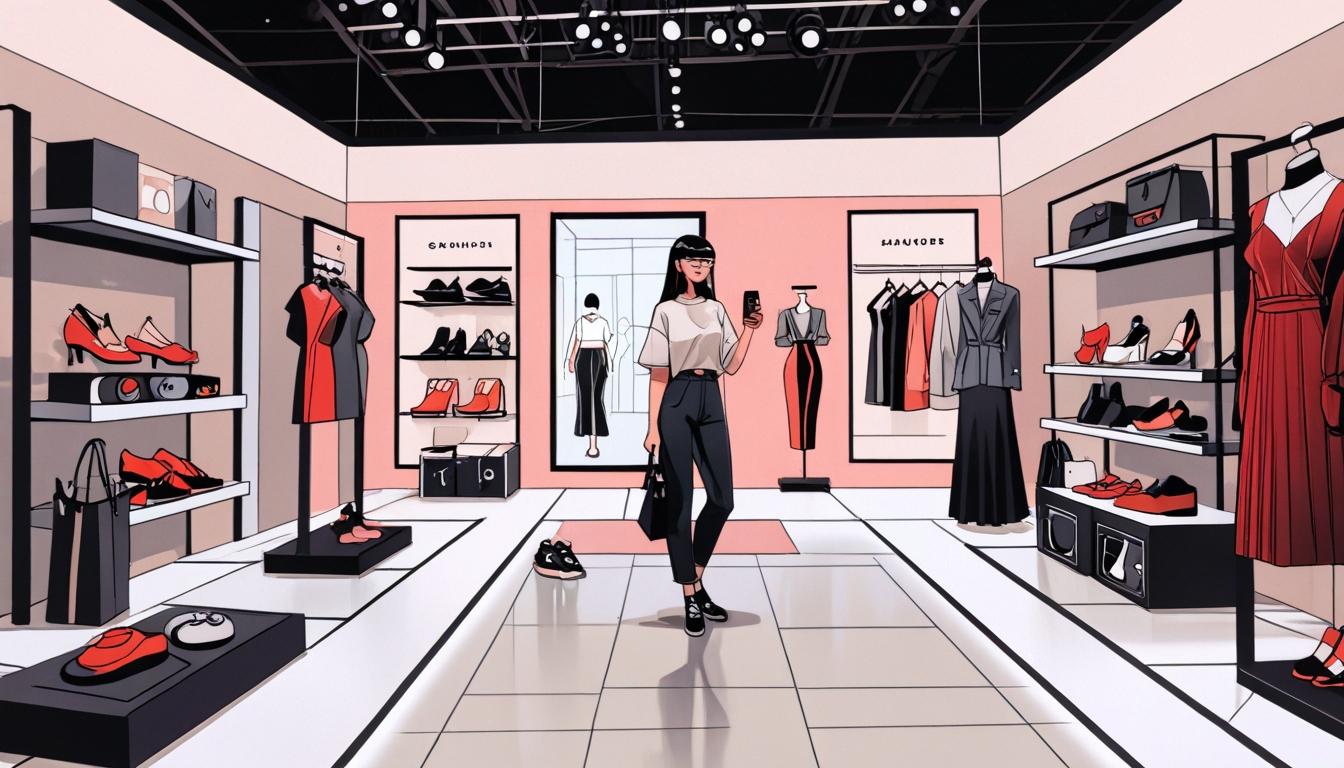Virtual try-on technology is revolutionizing the online shopping experience by allowing consumers to visualize products on themselves, improving satisfaction and reducing returns.
With the rise of online shopping, many consumers have found themselves hesitant to complete their purchases due to uncertainties about how a product will look or fit. As this trend continues, innovative solutions like virtual try-on technology are gaining traction, aiming to enhance the online shopping experience by bridging the gap between digital browsing and physical fitting.
Virtual try-on technology leverages advanced tools such as augmented reality (AR), machine learning, and computer vision to create a more immersive shopping experience. This technology allows customers to visualize how clothing, footwear, accessories, and even cosmetics will appear on them without stepping into a store. It overlays digital representations of products onto the customer’s image, providing a more accurate preview of the end result.
The applications of this technology are extensive and varied, particularly within the e-commerce sector. In clothing shopping, customers can use virtual try-on apps to see how different garments would look on them, enabling a deeper understanding of fit and style. These applications can even take measurements to recommend the appropriate sizes for each individual, thereby enhancing the online shopping process.
Footwear shopping has equally benefited from virtual try-on capabilities. This innovative solution creates a 3D model of the customer’s feet, allowing them to try on various styles of shoes virtually. Whether it’s sneakers or heels, shoppers can explore their options without the inconvenience of an in-store visit.
The jewelry market has also experienced a transformative effect from virtual try-on technology, enabling consumers to examine pieces from multiple angles before purchase. By simply using a camera, customers can visualize what specific jewelry items would look like on their bodies. This feature grants buyers the confidence to make more informed decisions about their jewelry investments.
Makeup shopping, which often presents unique challenges, has likewise been enhanced by this technology. Virtual try-ons allow consumers to test shades of foundation and lipstick by uploading photos or videos, thereby transforming the makeup shopping experience into an interactive and engaging journey.
The benefits of virtual try-on solutions extend beyond merely improving user experience. They play a pivotal role in reducing the rate of product returns, a common issue faced by e-commerce businesses. When customers can see how a product looks on them before making a purchase, the likelihood of dissatisfaction decreases, leading to fewer returns and exchanges.
Additionally, virtual try-ons can significantly boost sales by retaining customer interest. One of the main reasons customers abandon their shopping carts is the inability to physically assess the product, but immersive experiences provided by virtual technology help mitigate this issue. By creating informative and engaging shopping environments, businesses can enhance customer confidence, ultimately resulting in increased sales conversion rates.
As this technology continues to evolve, the implications for the future of online shopping and e-commerce show great promise. From improving customer satisfaction to driving sales, virtual try-on innovations are poised to shape the way consumers approach online retail in the coming years.
Source: Noah Wire Services





You suggested this really well.
meilleur casino en ligne
Excellent knowledge Thanks a lot!
casino en ligne
Thanks. Great information!
meilleur casino en ligne
You explained that really well.
casino en ligne
Truly tons of very good information!
casino en ligne francais
You actually suggested it adequately.
meilleur casino en ligne
Nicely put. Cheers!
casino en ligne fiable
Many thanks, Useful information!
casino en ligne
Thanks a lot. Lots of posts.
meilleur casino en ligne
Lovely posts, Regards!
casino en ligne fiable